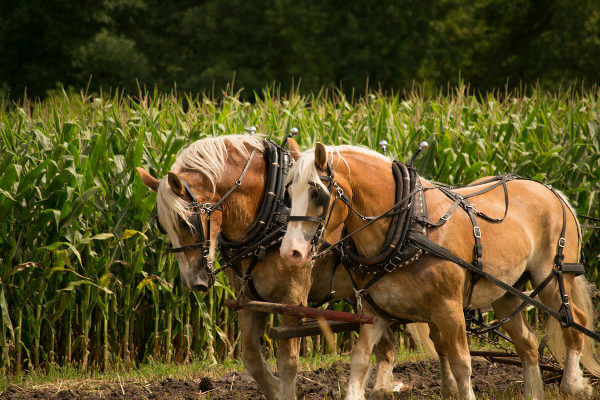Kingdom animalia
Phylum Chordata
Class reptile
Order squamata
Family Amphisbaenidae
Amphisbenes are animals with a cylindrical and elongated body, and a short, rounded tail. As their two ends are similar, and their eyes are very small, these individuals are popularly known as the two-headed snake. This fact becomes an advantage for these animals, as they can make their predators confuse the tail with the head, or vice versa.
The skull of these individuals is quite rigid and allows them to strike with their heads, to open tunnels, contributing to the aeration of the soil, just like earthworms. When not underground, amphisbenes are found in a humid environment, usually among foliage.
These animals feed on earthworms, worms, larvae and small arthropods. Some species, like the Amphisbaena alba, have very aggressive behavior when manipulated. Despite not having venom, the bite of these animals is very strong.
Do not stop now... There's more after the advertising ;)
Amphisbenes are not the same animals as blind snakes, starting with the fact that they belong to the Class Amphibia. Amfisbenas are reptiles, with the body endowed with scales and with a cloaca located transversally to the plane of the trunk. These animals cannot be considered “a type of snake” either, as they belong to a specific suborder of the same name. Likewise, they are not legless lizards that belong to the Suborder Sauria.
In Brazil, 67 species of amphisbens are known.
Image Credit*: Diogo B. taste
By Mariana Araguaia
Graduated in Biology
Would you like to reference this text in a school or academic work? Look:
ARAGUAIA, Mariana. "Two-headed Snakes (Family Amphisbaenidae)"; Brazil School. Available in: https://brasilescola.uol.com.br/animais/cobrasdeduas-cabecasfamilia-amphisbaenidae.htm. Accessed on June 27, 2021.

